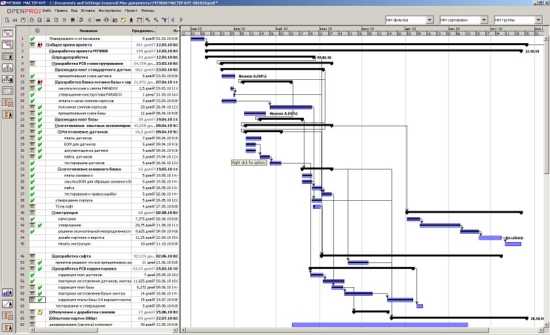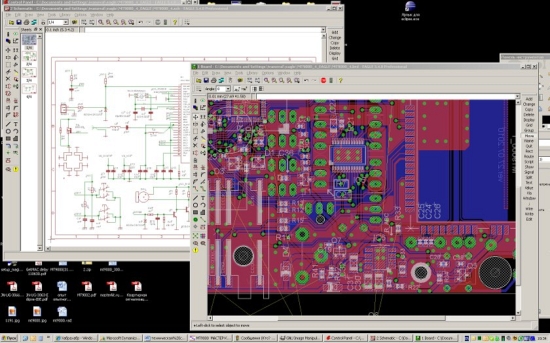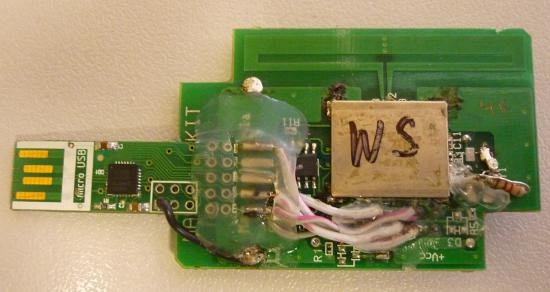How I developed the device, from idea to production. Part 3

So the technical part of the MT9000 project , the final one. If you have not read the first and second parts, I recommend that you familiarize yourself. Well, let's get started!
As a mother teaches her to wash her hands before eating, so planning is an obligatory stage in the development of any project. Otherwise, the project may develop into a process, but I do not need it at all. Without a plan and defining a development methodology, I am not doing anything!
For the development of the project as a whole, the good old classic incremental approach was used: careful planning, design, several stages of prototype testing, release. All critical dates and important points of the project must be planned in advance. Then there is a chance to deliver the project with a minimum delay.
Submit a project plan will help usSerena OpenProject .

With software development, things are a little different. Although the project is generally small, we actually take into account the XP methodology for developing software, taking the best from it and not going into religious wars over trifles such as team composition and planning games. The approach developed by me for such cases is as follows:
- the main skeleton of the program;
- frequent internal releases;
- ongoing testing and detection of bugs;
- collective ownership of source code;
- I myself act as the representative of the customer.
To develop the HW part of the project, the Eagle cross platform package was used.. The truncated free version was enough. In the future, I’m thinking of buying the full version, nevertheless, the price tag for the license of this product is quite humane. Eagle has no advanced tools, such as automatic tracing of printed circuit boards, but it is not necessary for a project of this level.

To start writing software, so as not to wait until the HW prototypes are ready, several Evaluation Board debugging kits of selected manufacturers were purchased, with a total value of less than a thousand dollars.

In accordance with the main cascade plan, the project performed approximately three iterations of fixing the printed circuit boards of the base unit and several iterations to modify the sensor boards. Each square millimeter is worth a penny, so we try to do everything as compact as possible.

As we recall, our project uses wireless technology. At the beginning, I hoped that it would be possible to just write software without going into the details of wireless communications. That is, at the level of functionality provided by the manufacturer of the libraries. However, this turned out to be a profound error. At the moment when the network starts to fall, and you don’t understand why this is happening, it’s an insight that you won’t be able to do without a wireless sniffer. I had to quickly look for special tools for analyzing wireless traffic.
There is such a network traffic analyzer, it is called WireShark. An elegant solution was the idea of Jennic to create a software and hardware tool that will emulate network traffic, substituting unique headers for its own identification. The hardware wireless sniffer was quickly made on the knee from one of the first ready-made sensors of the future project.

We connect the WS sniffer to the USB of the computer and start the traffic from this wireless sniffer to the additional loopback interface we created.
Next, we ask Wireshark to display traffic from this loopback interface and enjoy the pictures of what is happening on the air.

Naturally, Wireshark can be used to analyze any type of traffic.
I do not have the opportunity to dwell in detail on the story about software, because it is the subject of the know-how of the company I work for, I can only say that software is one of the most important components of the project. Without the participation of good programmers in the project, nothing would have happened. Thousands of lines of code were written, tested, and fixed, and a total of 700 hours of hard work were spent.
Returning to the question of the first part, as promised, I publish a picture of the distribution of channels and the mutual influence of 802.11.b and 802.15.4. To minimize the impact on the quality of communication from WI-FI, we write software so that it selects channel 15, 20 or 26 for the operation of our system.

That’s actually all that I would like to tell about the MT9000 development project.
As a result, spending about 8 months. time and generally a small investment, we created our own device using modern wireless technology, which is on guard of human peace of mind. Our device is completely ready and is on the virtual shelf of a virtual online store, and MT9000 can also be bought on real shelves. Now we are working on other interesting projects, and all our products can be found here .
I wish everyone who wants to repeat my experience good luck and success in work. Go for it!
